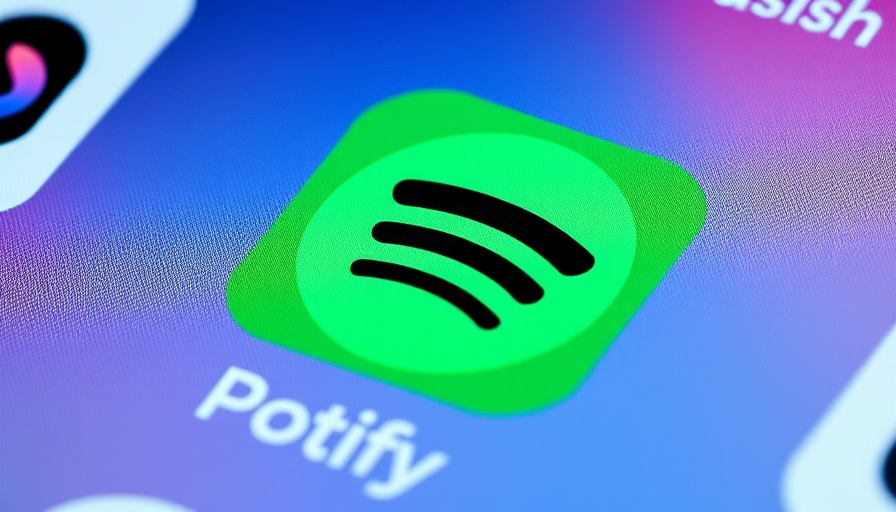
The Shift in Payment Strategies: Spotify Leads the Way
Spotify's recent update allowing external payments in its iOS app has led to a notable uptick in Premium subscriptions. Following a pivotal legal ruling that paved the way for this policy change, Spotify is now reaping tangible benefits, showcasing a significant shift not only in its business model but also in its customer engagement. This revitalization comes in the wake of a momentous court decision favoring Epic Games in its ongoing legal battle against Apple, effectively dismantling the strict internal payment system Apple had maintained for years.
Understanding the Legal Landscape: Epic vs. Apple
The backdrop of Spotify's new payment strategy traces back to the multifaceted conflict between Epic Games and Apple. This legal struggle highlighted concerns over monopolistic practices within tech ecosystems, particularly the commission structures that inflating costs for developers. The 2025 Order from the U.S. District Court not only compelled Apple to reassess its payment policies but also empowered developers like Spotify to lead innovation through more competitive pricing strategies. By allowing app developers to streamline payment options through external links, consumers are now presented with choices that may favor their wallets.
Boosting Consumer Choice: A Win for Users
The changes Spotify implemented in its iOS app, such as the 'Premium Destination Page', have proven to be a game-changer for user conversion rates. By openly communicating subscription prices and directing users to external checkout options, Spotify caters to user preferences, enabling a seamless transition from free to premium services. This transparency has not only diminished user confusion but also created a more equitable playing field in various app marketplaces, allowing consumers access to better deals.
Steady Growth on Android: A Comparative View
While Spotify experienced an uptick in iOS subscriptions, the company's conversion metrics remain steady on Android. This highlighted a crucial aspect of the app ecosystem: variability in user engagement based on operating systems. Spotify's readiness to innovate on both platforms showcases its commitment to expanding its user base while diversifying its revenue streams. The contrasting data serves as a valuable reminder of the ongoing competition between operating systems, urging developers to capitalize on platform-specific advantages.
The Future of Payment Models in Mobile Apps
Looking ahead, Spotify's successful integration of external payments may signal broader industry trends where developers are encouraged to innovate and diversify their monetization strategies. The ripple effect is already observable, prompting other tech companies to explore adaptations to their payment frameworks. As users increasingly demand flexibility and transparency, the implications for how mobile apps operate could potentially reshape the technological landscape.
Summary: What Lies Ahead for Developers and Consumers
The legal outcomes of the Epic versus Apple saga extended far beyond the courtroom, offering a glimpse into a new paradigm for digital entrepreneurship. As Spotify's preliminary success suggests, developers who embrace these changes can expect to unlock new opportunities for customer engagement and revenue growth. In an age where user choice is paramount, the industry may well be on the cusp of radical transformation, fundamentally altering the balance of power between major tech companies and the developers they once overshadowed.
 Add Row
Add Row  Add
Add 



Write A Comment